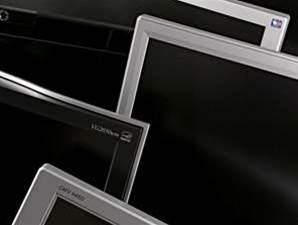
Honeywell explained that its material enhances the amount of visible light that passes through the display while only absorbing less than one percent of the light.
The firm's material also achieves smoothness, known in the industry as planarity, in excess of 90 percent. As a result, the colour uniformity of the display is improved.
Additionally, initial manufacturing results supported by operational models show that cost of ownership decreased by 10 percent or greater.
Peter Smith, display business director at Honeywell Specialty Materials, said: "Our collaboration with USDC and Arizona State University will help drive industry growth by making displays more rugged and cheaper to manufacture."
The new materials are focused on overcoming the challenges of planarisation encountered in fabricating thin film transistors for flexible display applications, long a focus of the USDC members and technical council.
Thin film transistors are a critical component of flat panel displays, which are commonly used in notebook and laptop computers.
The displays comprise an array of pixels which together create an image. Thin-film transistors act as switches to individually turn each pixel on or off.
Planarisation is critical for creating the uniformly flat surfaces necessary during the production of these transistors.
The new materials address planarisation in order to enable flexible displays to realise the promise of ultra-thin, lightweight and intrinsically rugged information displays.
According to Honeywell, its materials improve manufacturability in terms of costs and yields, and the improved product performance results in a better viewing experience with the resulting display.
The project was funded under DARPA grant MDA972-93-2-0014 and managed by the Army Research Lab and USDC as an activity under the Flexible Displays Initiative.

_(22).jpg&h=140&w=231&c=1&s=0)

.png&h=140&w=231&c=1&s=0)
_(20).jpg&h=140&w=231&c=1&s=0)



_(26).jpg&w=100&c=1&s=0)

 iTnews Executive Retreat - Security Leaders Edition
iTnews Executive Retreat - Security Leaders Edition










_(1).jpg&h=140&w=231&c=1&s=0)



